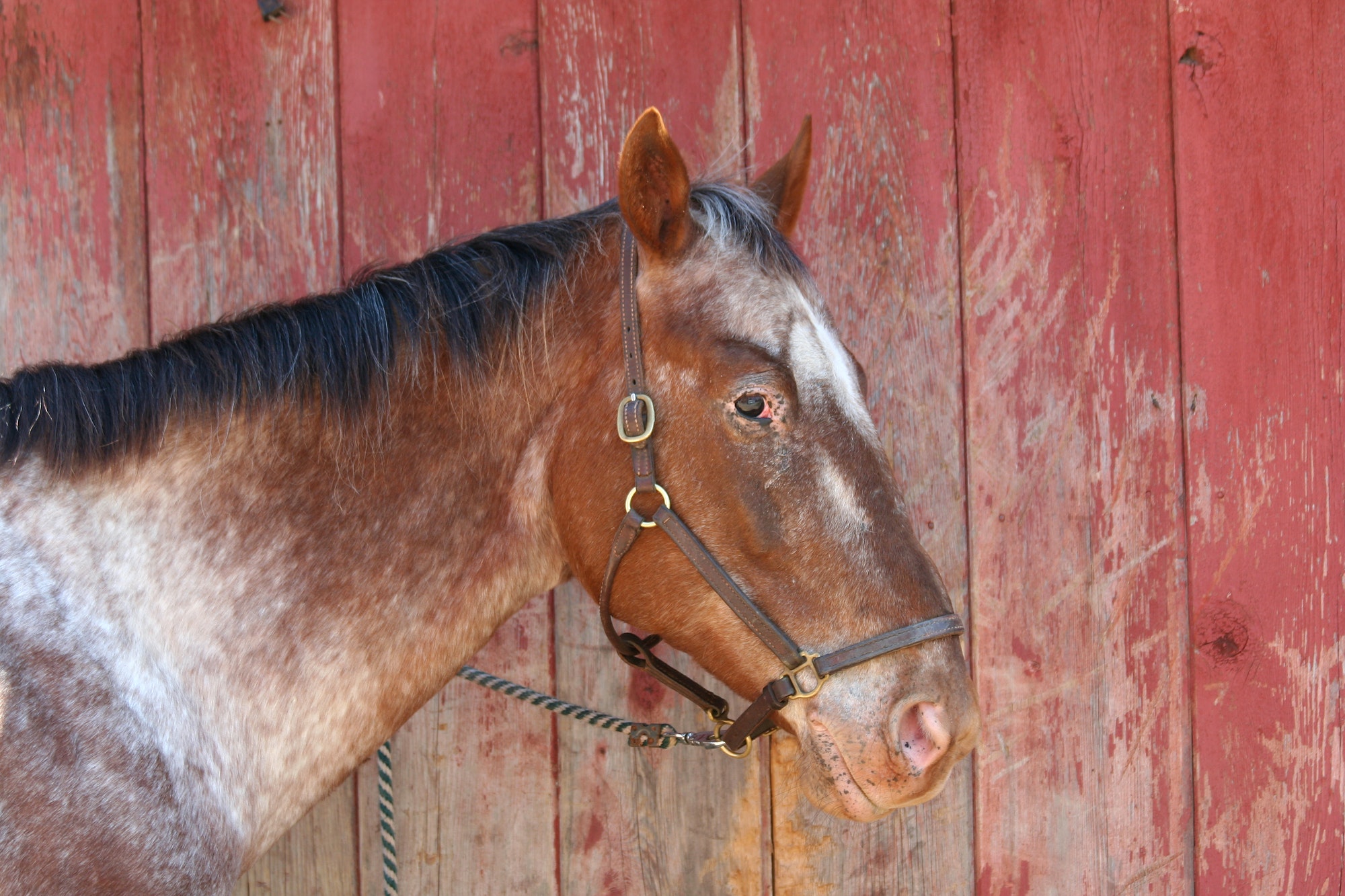Are you looking for the most cost-effective boarding options for your horse? Finding a boarding facility that provides horse care is one of the best ways to give your horse a comfortable shelter if you can’t afford to keep your horse at home. However, boarding can also be one of the most costly expenses in horse ownership. If you’re wondering how much to board a horse, the average cost often varies significantly based on location and specific services.
When boarding a horse, new owners often face various costs and factors to consider. The decision to invest proved valuable as the horse thrived in a carefully managed facility that prioritized its well-being. Thus, the communal aspect of boarding fostered a supportive network of fellow horse enthusiasts, enhancing the overall experience. While horse boarding rates can represent a significant financial commitment, these initial encounters illustrate that the benefits of professional care and a nurturing environment more than justify the investment.
If you’re considering boarding a horse, one of the first questions on your mind is likely, “How much does it cost?” On average, monthly rates for horse boarding in the United States range from $300 to $700, depending on factors such as the type of board selected, location, facilities provided, and additional services offered (American Horse Council, 2023). In this article, we’ll explore different boarding options tailored to meet your needs, helping you understand how much it costs to board a horse and navigate the expenses associated with horse ownership. Let’s dive in!
Types of Horse Boarding and Their Average Cost
There are several boarding options available out there, and determining the advantages and drawbacks of each and their cost can help you find the most cost-effective solution. So, here’s a quick overview of different boarding arrangements offered by stables to boarders.
Full- Care Board
Your horse’s daily needs will be met with a full-care boarding option. It’s a great choice if you don’t have enough time to visit the stables daily and care for your horse. The barn staff will feed your horse, handle turn-out, muck their stall, and put on your horse’s blanket when needed. It’s hassle-free, and you can rest assured that your horse’s needs are met even if you can’t visit it for weeks and months. Their services also included the following:
- Feeding twice a day(provided by the stable)
- Access the stall, facilities, particular riding areas, and pasture.
- Hay or field for your horse
- Checking and filling water buckets
- Handling of the horse during visits to vet and farrier and turn-out to pasture
- Blanketing when needed during winter months
- Supplements may or may not be included, but will be fed when you provide supply
- Lessons may be included or added as an extra
Pros of Full Boarding Option
- The borders will be taken care of, so you won’t have to worry even if you can’t make it to the stables long.
- You don’t have to buy feed or hay.
- Your horse has a comfortable shelter during the cold season and bad weather.
- You can have access to the boarding facility and particular riding areas
- The border’s stuff can be organized because it has a designated area
Cons of Full-Care Board
- It’s the most costly boarding option.
Average Board Price Per Month: $300-$700
Partial Boarding
If you’re looking for an inexpensive option compared to a full-care board, you can opt for partial boarding. However, you will need to share your horse with another person to cut the cost of this option. The $600 monthly rate for a full horse care board will become $300 if someone uses your horse for simple pleasure riding or some lessons. Depending on your contract agreements, the other user may or may not bring his equipment and handle the vet and farrier services. Finding a trustworthy and experienced rider with similar riding skills would be best. You may have to spend some time with your horse, but you’ll have peace of mind if the other user is someone you know and trust.
Pros of Partial Boarding
- It’s cheaper compared to full-boarding
- You can bond with your horse while spending time with it
Cons of Partial Boarding
- You need to share the use of your horse with other people
- Depending on the details on your contract, you might have to feed and clean the stall or provide hay
Average Monthly Rate: $150-$300
Pasture Board
This board option offers almost the same services as the full boarding but at a cheaper rate. If you choose this option, the barn staff will still look after your horse’s daily needs. The only drawback is that your horse will live in a pasture 24/7, providing no stall. It can be a major turn-off for many horse owners but can also be beneficial if you want your equine to be closer to moving around freely all day and be closer to its natural state of foraging.
Pros of Pasture Board
- Cheaper than full care board
- There is no need for you to purchase feed or hay
- The horse can live closer to its natural state
- The daily needs are looked after by the barn staff
- The facilities are accessible
- There’s a designated area for your horse’s stuff
- Scheduling of farrier and vet visits will be taken care off
Cons of Pasture Board
- There’s no stall provided for your horse
Average Monthly Cost: $150-$400
Self-Care Board
It is the most affordable boarding option; the facility will be provided, and the daily needs and maintenance are up to you as an owner. It will require you to travel at least once a day to feed your horse, handle the turn-out, and muck out. You need to check if your horse has enough water and food, buy and provide hay in the pasture during winter, and arrange a visit with the vets and farriers. The self-care board also requires long-term commitment, but this boarding option will work out for hands-on horse owners who live close to the stable, and you will consider your schedule.
Pros of Self-Care Board
- Budget-friendly boarding cost
- You have to bond and take care of your horse personally.
Cons of Self-Care Board
- You are responsible for the whole horse care
- You will need to buy your hay or feed
- You must take multiple daily trips to the stable to feed your horse.
- You have to schedule the veterinarian and farrier’s visit
Average Monthly Rate: $100-$200
So, that’s the estimated boarding cost for every boarding option offered in local stables. If you have the means and the budget, you can choose the most popular and costly horseboarding choice. But if you are a hands-on horse owner who loves spending time with your equine companion, self-care boarding suits you. If you have additional requests for your horse, it would be best to talk with your chosen boarding stable. Don’t forget to read the boarding contract to check if there are additional costs for some services before signing up.





